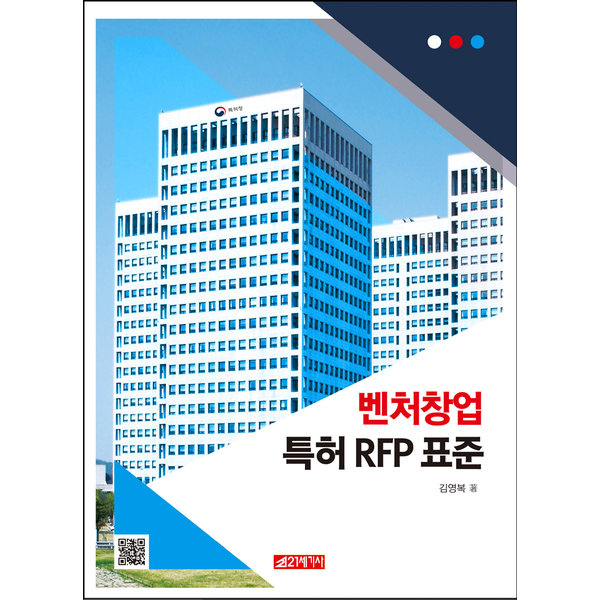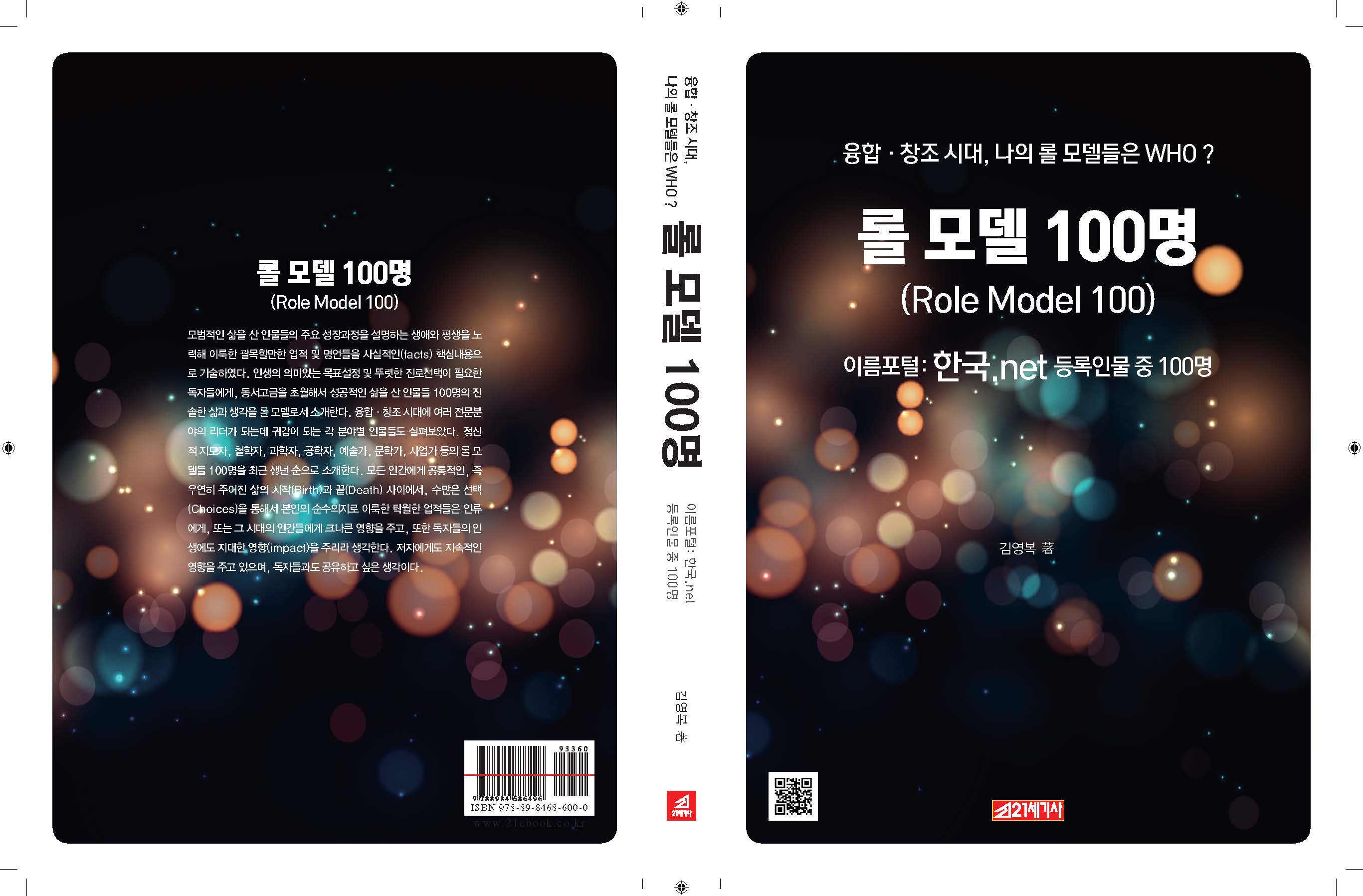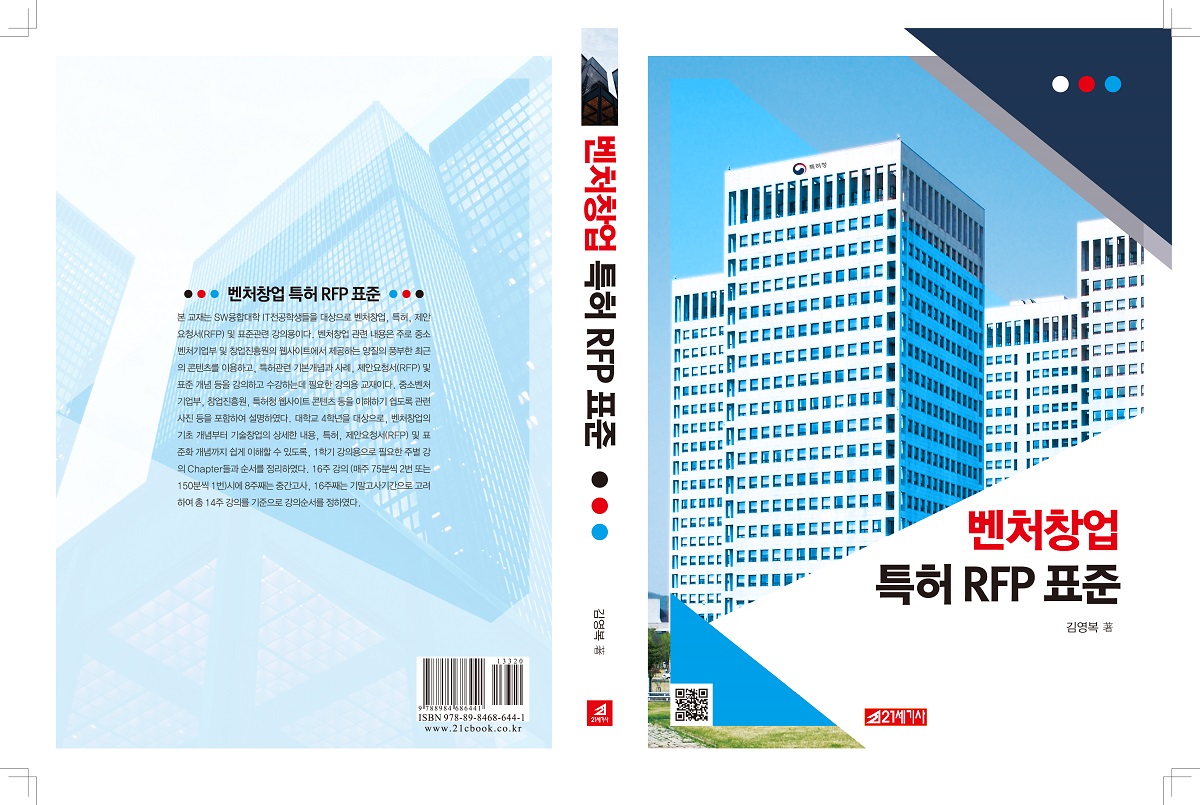[출생] 1791년 2월 21일
오스트리아 비엔나
[오스트리아 비엔나 여행]
[사망] 1857년 7월 15일 (66세)
오스트리아 비엔나
[오스트리아 비엔나 여행]
[국적] 오스트리아
[오스트리아 여행]
[활동분야] 음악
[주요저서] 《피아노포르테의 이론과 실제 전집》
[주요작품] 《왼손을 위한 연습곡》 《서주와 푸가》
[요약]
카를 체르니(Carl Czerny, 1791년 2월 21일 ~
1857년 7월 15일)는 오스트리아의 피아니스트, 작곡가이다.
그의 이름을 딴 피아노 교본으로 유명하다.
오스트리아의 피아노 연주자이자
작곡가이며 음악교육가이다.
리스트, 레셰티츠키 등의 많은 제자들을 가르쳤으며
연습곡 형태의 수 많은 작품을 만들어
오늘날에도 중요한 초보적 연습곡으로 쓰인다.
그 외 피아노 소나타와 소나티나, 오르간 음악, 교회음악 등
다양한 작품을 남겼다.
빈에서 태어난 후 처음에 보헤미아(체코) 출신인
아버지로부터 피아노를 배웠고,
곧 두각을 나타내어 루트비히 판 베토벤의 제자가 되었다.
1800년 첫 연주회로 볼프강 아마데우스 모차르트의
피아노 협주곡을 연주했고,
1812년 베토벤의 황제 협주곡을
연주해 호평을 받았다.
그 후로는 주로 피아노 연주자보다는
피아노 교사로 이름을 알렸으며,
프란츠 리스트도 그의 유명한 제자 중 하나이다.
작곡가로는 1000개에 달하는 많은 작품을 남겼으며,
그 분야도 매우 다양하나,
주로 피아노곡이 알려져 있다.
연습곡이 특히 유명한데, 그 중에서 작품번호 139번, 849번,
299번, 740번은 대한민국에서 각각 체르니 100번·30번·
40번·50번으로 알려진 것으로,
대한민국에서는 피아노 학습에서
필수적인 곡으로 여겨지고 있다.
(체르니 60권·70권·110번·160권도 있지만 잘 알려지지 않았다.)
오르간을 위한 작품과 9개의 교향곡, 협주곡 등도 남겼으며,
독실한 가톨릭 신자로 많은 종교 음악도 남겼으나,
이들은 거의 알려지지 않고 있다.
[생애]
1791년 오스트리아 대공국 빈에서
카렐 체르니(Karel Cerny)로 태어났다.
[오스트리아 여행]
당시 체르니 가문은 보헤미아계로, 음악가 집안이었다.
그의 할아버지는 보헤미아 왕국의 수도 프라하 근방에 있는
님부르크(Nymburk)라는 마을의 바이올리니스트였고,
그의 아버지인 '바츨라프 체르니는 오보이스트이자,
오르가니스트, 그리고 피아니스트였다고 한다.
카를 체르니가 태어난 지 얼마되지 않았을 때,
바츨라프 체르니는 폴란드-리투아니아에 있던
어떤 영주의 교사로서 일하였으며
이후 폴란드로 잠시 이주해서 살게되었으나,
1795년에 강제로 빈으로 다시 귀환하게 된다.
체르니는 어려서부터 음악신동의 두각을 보였었는데,
3살에 처음 피아노를 접했으며 7살에 처음으로 작곡을 하였다.
처음에는 벤첼이 카를에게 피아노와 음악을 가르쳐 주었으며,
그가 9살이 되던 해인 1800년에는 처음으로,
대중 앞에서 볼프강 모차르트(Wolfgang Mozart)의
《C단조 피아노협주곡 C minor Piano Concerto》을 연주했고,
이어 피아노의 새로운 형태에 적합한
레가토 양식을 요구하는
베토벤의 피아노 음악해석으로 이름을 떨쳤다.
카를 체르니는 열 살이 될 때까지 독일어를 못 했다고 한다.
1801년에 베토벤이 카를에게 자신의 피아노 소나타 8번
'비창 소나타'를 연주하도록 시켰는데,
10살때, 베토벤은 체르니의 연주에 깊은 감명을 받고
그를 제자로 받아들이기로 하였다.
1801년부터 1804년까지 꾸준히 피아노를 가르쳐 주었으며,
그 뒤에도 계속해서 몇 번씩 가르쳐주었다.
베토벤의 제자로 있으면서 편지로 많은 교류를 하였는데
현재 이 편지의 내용들은 모두 베토벤의 일상을 연구하는
중요한 자료로서 이용되고 있다.
체르니는 후에 베토벤의 조카에게 음악교육을 해주기도 하였다.
15살이 되던 해부터 본격적으로 다른 이들에게
피아노 교육을 시작하였는데,
빈의 상류계층들의 음악교사로서 활동하였으며
하루에 수업양이 엄청났다고 한다.
그가 가르쳤던 제자들은
스테판 헬러, 지기스문트 탈베르크 등이 있었는데,
그중에서도 단연 가장 유명한 제자는 프란츠 리스트였다.
1819년에 그의 아버지가 처음으로 리스트를
체르니에게 교육을 시킬 목적으로 데려왔던 것이
둘의 첫 만남이었다.
체르니는 리스트를 성심성의껏 가르쳤으며,
베토벤, 클레멘티, 바흐, 모셸레스의 곡들을 가지고
주로 연습을 시켰다.
체르니는 당시 리스트의 재능을 깊게 눈여겨 보았으며
어려운 경제사정을 이해하여,
리스트만큼은 교육비를 전혀 받지 않고
피아노를 가르쳐주었다.
리스트는 이에 대한 보답으로 후에
파리를 여행할 당시에 체르니가 작곡한 곡들을 자주 연주하였고,
1852년에 출판한 그의 유명한 '12개의 초절기교 연습곡'을
스승인 체르니에게 헌정하기도 하였다.
이후 리스트와 함께 프랑스를 여행하기도 하였고,
이탈리아 반도와 영국을 방문하기도 하였다.
1840년부터 작곡에 매진하였는데
피아노를 처음 입문하는 사람들부터
여러 사람들을 위한 엄청나게 많은 수의
연습곡들을 작곡하였다.
그 외에도 여러가지 피아노 독주곡, 교향곡, 협주곡
등등을 작곡하였다.
작품들은 주로 연습곡 형태를 띠고 있는 있는데,
《왼손을 위한 연습곡 Studies for the Left Hand》(작품 861)과
피아노 교본 《피아노포르테의 이론과 실제 전집
Complete Theoretical an Practical Pianoforte School》에
이르기까지 그 수가 매우 많다.
특히 교육용 연습곡집은 오늘날에도 피아노 교육의
중요한 초보적 연습곡으로 쓰인다.
다른 피아노 작품들은 소나타와 소나티나 그리고 다양한 접속곡,
변주곡, 기타 소품 등이다.
그 밖에 피아노2중주곡이나
피아노 연주자가 4명에 이르는 작품도 있는데,
이들 작품은 편곡과 개작이 거듭되었다.
오르간음악도 작곡했는데,
그중 《서주와 푸가 Prelude and Fuge》가 대표적이다.
교향곡·서곡·협주곡 등은 제대로 알려지지 않았으며,
그 가운데 일부는 아직 출판되지 않은 채 남아 있다.
또 많은 실내악곡을 썼는데,
4대의 피아노를 위한 작품을 비롯하여,
대부분 피아노 3중주곡이나 4중주곡 등
어떤 형태로든 피아노를
포함시키는 형식으로 되어 있다.
교회음악 가운데는 미사곡·층계송(미사전례송가:Graduals)·
봉헌성가(Offertories) 등 몇몇 작품만이 전해지고 있다.
[빈 잔 - 찬조 K-Pop]
[사망]
체르니는 결혼하지 않았고 가까운 친척도 없었다.
[빈 지게 - 추모 K-Pop]
1857년 7월 15일, 66세의 나이로 빈에서 사망하였다.
[추모 K-Pop]
그의 많은 재산은 자신을 추모하는
레퀴엠 미사 공연을 준비한 후,
자선 단체(청각 장애인을 위한 기관 포함), 가정부,
빈(비엔나)의 음악 친구 협회에 기꺼이 기부했다.
[빈 손 - 추모 K-Pop]
[체르니 묘, Central Cemetery, Vienna]
[영향]
1927년 4월 Czerny는 Theodor Leschetizky,
Franz Liszt 및 Theodor Kullak 과 같은 그의 제자 중
다수가 교사가 되어,
체르니의 유산을 물려받았다는 점을 고려할 때
피아니스트 세대에게
현대 피아노 기술의 아버지로 간주될 수 있다.
[Czerny, Pianoforte Technic의 조상]
미국 음악 잡지 The Etude는 1927년 4월호에
Czerny가 어떻게 현대 피아노 기술의 아버지이자
전 세대 피아니스트의 기초로 간주될 수 있는지를 보여주는
삽화를 실었다.
[찬조 K-Pop]
====================================================
Carl Czerny
[Born] 21 February 1791, Vienna, Austria
[Died] 9 August 1857 (aged 66), Vienna, Austria
Carl Czerny (21 February 1791 ~ 9 August 1857)
was an Austrian composer, teacher, and pianist
of Czech origin whose vast musical production amounted
to over a thousand works. His books of studies for the piano
are still widely used in piano teaching.
[Influence]
Czerny can be considered as a father of modern piano
technique for generations of pianists, when it is taken
into account that many of his students, such as
Theodor Leschetizky, Franz Liszt and Theodor Kullak,
also became teachers and passed on his legacy.
The US music magazine The Etude presented in its issue
of April 1927 an illustration showing how Czerny could be
considered the father of modern piano technique,
and the basis of an entire generation of pianists.
This list can be extended to the present day:
examples of 'descent' are:
Wanda Landowska: pupil of Moritz Moszkowski
← Theodor Kullak ← Czerny;
Sergei Prokofiev: pupil of Anna Yesipova
← Theodor Leschetizky ← Czerny;
Arthur Rubinstein: pupil of Ignacy Jan Paderewski
← Theodor Leschetizky ← Czerny.
Claudio Arrau: pupil of Martin Krause ← Liszt ← Czerny;
Ernő Dohnanyi: pupil of Istvan Thoman ← Liszt ← Czerny;
Georges Cziffra: pupil of Istvan Thoman ← Liszt ← Czerny;
Daniel Barenboim: pupil of Edwin Fischer ← Martin Krause
← Liszt ← Czerny;
Czerny wrote an essay on the correct performing of
the piano sonatas of Beethoven, "On the Proper performance
of all Beethoven's works for piano" (1846).
Johannes Brahms wrote about it to Clara Schumann
in a letter of March 1878: "I certainly think Czerny's
large pianoforte course Op. 500 is worthy of study,
particularly in regard to what he says about Beethoven
and the performance of his works, for he was a diligent
and attentive pupil ... Czerny's fingering is particularly
worthy for attention. In fact I think that people today
ought to have more respect for this excellent man".
In a letter written to Otto Jahn of 30 October 1852,
Liszt wrote: "In the twenties, when a great portion
of Beethoven's creations was a kind of Sphinx,
Czerny was playing Beethoven exclusively,
with an understanding as excellent as his technique
was efficient and effective; and, later on, he did not set
himself up against some progress that had been made
in technique, but contributed materially to it
by his own teaching and works."
Czerny had an influential role in defining the canon
of classical piano repertoire. Volume 4 (1847) of his
Theoretico-Practical Piano School listed what he considered
to be the most important piano works of the previous
eighty years, including works of Mozart, Clementi, Chopin,
Schumann, Liszt, Schubert, Mendelssohn, and works of his own.
[Reputation]
From Czerny's death until the end of the 20th century
there was a predominance of negative views about his work.
Robert Schumann in the Neue Zeitschrift fur Musik
(New Musical Gazette), said of Czerny's op. 424:
"It would be difficult to find a failure of imagination
greater than that of Czerny."
Liszt included several Czerny
compositions in his repertoire and also dedicated
his twelve Transcendental Etudes to Czerny.
He also collaborated with Czerny on the Hexameron.
But even Liszt suggested, in an 1852 letter to Otto Jahn:
"It is ... a pity that, by a too super-abundant
productiveness, he has necessarily weakened himself,
and has not gone on further on the road of his
first Sonata (Op. 7, A-flat major) and of other works of
that period, which I rate very highly, as compositions
of importance, beautifully formed and having the noblest
tendency."
In "Men, Women and Pianos" Arthur Loesser describes
Czerny's music as "without depth, intensity, or wit,
but always smooth and pretty and rather ear-tickling
when played fast ... endless variety of patterns
and endless monotony of import."
More positive views have been offered by musicians
such as Anton Kuerti Brahms, and Leon Botstein.
In 1915 Claude Debussy composed his 12 Etudes for piano (L
136).
The first is a homage to Czerny: "pour les cinq doigts
d'apres Monsieur Czerny" ("for the five fingers after
Monsieur Czerny"). Igor Stravinsky wrote about his admiration
for Czerny also as a composer: "As to Czerny,
I have been appreciating the full-blooded musician
in him more than the remarkable pedagogue."
(from 네이버 지식백과 두산백과 wikipedia.org)
Composer, Czech, Czerny op. , Influence(+)~
(PIG: time-variant)
Positive Influence GRADE (PIG): C+





